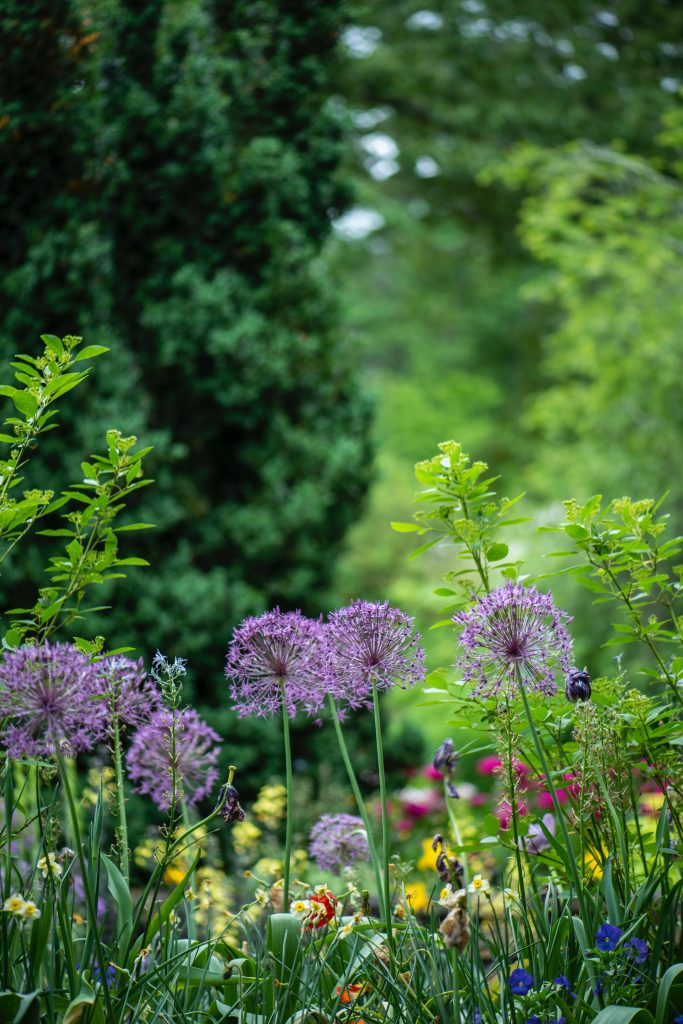Creating Microclimates

Do research on the plants that you would like to have in your garden. Find out everything you can about the zone that it flourishes in, and ask yourself how you can emulate that zone within your own backyard. Often you can take control of the environment and recreate whatever you wish. Usually all it takes is some planning and strategy.
 Many gardeners live in areas where almost anything can grow effortlessly. Just plant the seeds and water it for a few weeks, and you’ve got a beautifully lush plant. But if you live in somewhere like Colorado, you’ll understand what its like to have a slim selection of plants that naturally grow. It can be quite a challenge to facilitate the growth of a large variety of plants, especially when the very world you live in seems to be
Many gardeners live in areas where almost anything can grow effortlessly. Just plant the seeds and water it for a few weeks, and you’ve got a beautifully lush plant. But if you live in somewhere like Colorado, you’ll understand what its like to have a slim selection of plants that naturally grow. It can be quite a challenge to facilitate the growth of a large variety of plants, especially when the very world you live in seems to be
rooting against you.
Some people solve this problem by loading up their plants with every type of chemical and fertilizer known to man. This usually works, but to me it seems kind of unnatural to rely on man made materials to keep your plants alive. Also, if I’m growing fruits or vegetables, I don’t feel very comfortable eating something that is entirely composed of chemicals.
A gardening theory that I have relied on in the past to grow many types of plants is that of creating a “microclimate” for each type of plant. This is when you regulate the sunlight, shade, moisture, and wind factors for each separate plant. It sounds like a challenge, and it is. But you can regulate these factors in such a way that the plant feels just like it is in the ideal growing conditions. This can be achieved by the use of wind barriers, shading umbrellas, extra water, or different types or amounts of compost.
If you’re ready to make an attempt at creating microclimates, you’ll need to make a detailed plan in advanced. You should start by finding a large shade providing bush or tree that will grow fast and naturally in your area. Just look at some undeveloped plots of land and see what is there. Most likely it grew on its own without any planting or care. This is what you want to happen. Usually the growing of one plant can bring about the growing of another more desirable plant.
If you have a fence in your backyard then you already have a good amount of shade to work with. You can start the microclimate process using just the shade of the fence, combined with (perhaps) a screen or large bush to shade your new plant for the other half of the day that the fence doesn’t take care of. The fence is also useful for shading against wind for very fragile plants.
Once you have established the shade, be it natural or unnatural, you have created a slightly less harsh miniature environment. You must remember this is a gradual process, and find a new plant to put in the shade of the other one. Now your choices are a little more open. You don’t have to go with a rugged plant like the one you did before; you can now choose a plant that survives in cooler weather.
If the plant you are trying to grow next requires more moisture in the air than your area provides, installing a fountain or small pond can fix this problem due to the evaporation. You may think you don’t want to waste water on a pond or fountain, but it’s all going toward the betterment of your garden. It’s just like the watering process, only indirect. As an added benefit, usually fountains are quite aesthetically attractive and a great addition to your garden.






